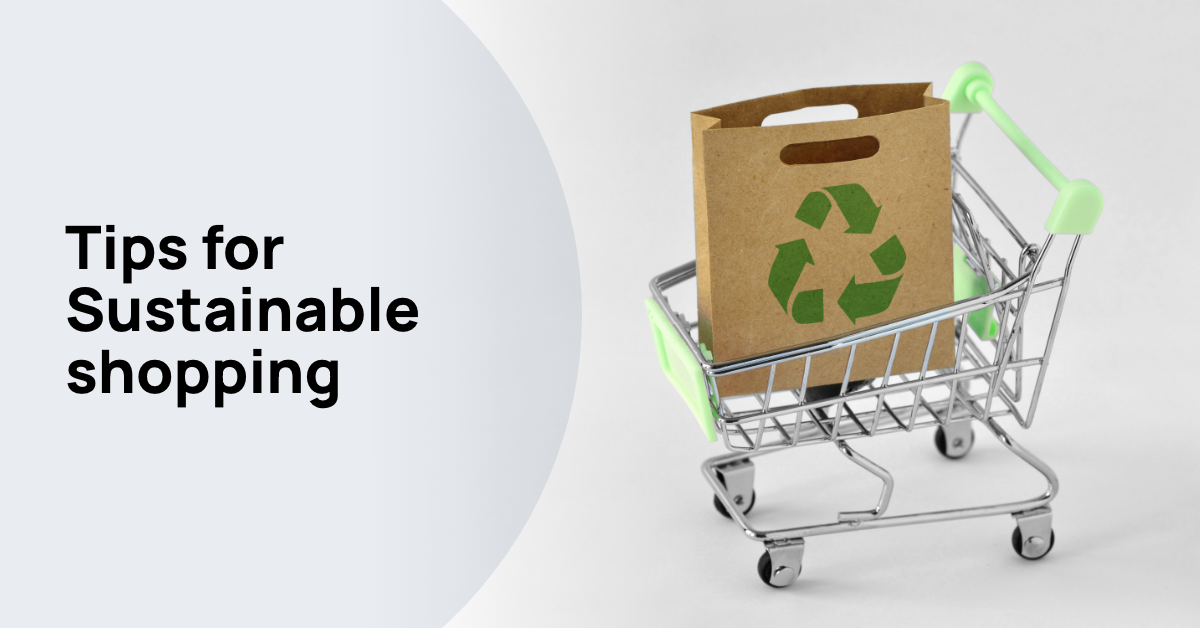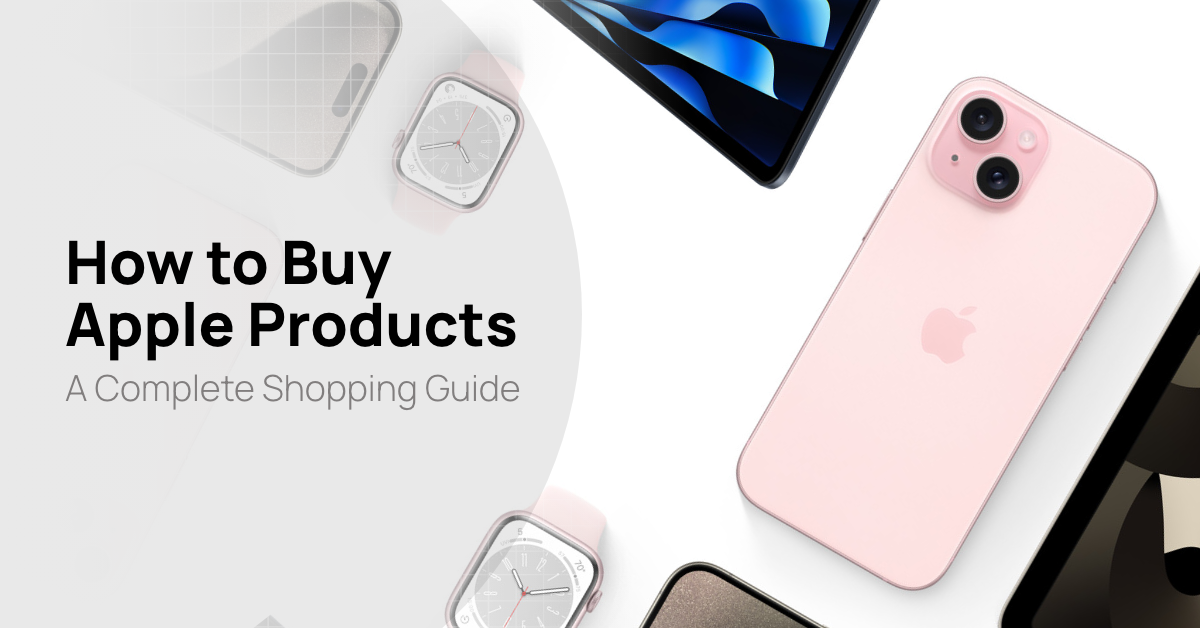A Complete Guide to Sustainable Shopping in 2024
By OneCard | March 14, 2024

Today, several clothing brands make inexpensive yet fashionable clothing. It is to satisfy the constantly changing preferences of younger consumers. However, this fast fashion phenomenon comes with an environmental impact. According to the United Nations Environmental Programme (UNEP), it is the second-biggest water consumer and is responsible for about 10% of global carbon emissions—more than the combined emissions of all international flights and maritime shipping.
To do something about it, there is a growing number of people who are taking a liking to sustainable shopping. They prefer brands that are conscious of their environmental impact and prioritise sustainability.
If you are curious about this new trend, this blog will tell you all about it and share some tips on how you can adopt it.
What is Sustainable Shopping?
Sustainable shopping is about choices. They reduce your impact on the planet and people. In addition, sustainable shopping looks beyond price tags and considers the product’s journey. It goes from raw materials to manufacturing, packing, usage, and disposal.
Thus, choosing durable products made from eco-friendly materials is a priority. At the same time, by following ethical practices, these brands prioritise quality over quantity.
Worldwide Sustainable Shopping Trends
Some of the top sustainable shopping trends include:
1. Increased preference for sustainable brands
Especially among the new generation, a greater preference is for brands that care about sustainability.
2. Sustainable production method
An increasing number of people are buying goods that are made from sustainable materials like organic cotton, bamboo, and other eco-friendly alternatives and prefer brands that manufacture using sustainable processes that are non-polluting, safe, and take nature into consideration.
3. Alternative packaging and delivery
Consumers are loving brands that send goods packed in a sustainable manner, even if they are not very comfortable with it. For example, most brands now minimise the amount of plastic used in their packaging. Companies like Amazon offer alternative delivery options that optimise logistics.
4. Reduce, recycle and reuse
More customers are open to buying and selling used or preowned items. This enables an entire system that moves away from the use and throw culture, to products that can be reused, repaired, or recycled. Common sectors across which this can be seen are clothing and fashion, electronics, furniture, etc.
5. Buyback programs
Many brands are offering buyback or trade-in programs where customers can give back their used products in exchange for some discounts or offers. This encourages responsible usage, reduction in wastage as well as monetary incentive for customers.
How To Adopt sustainable shopping
-
Plan your purchases: Plenty of fast-fashion brands thrive on their customers indulging in buying more than they need, especially with the ease of smartphones and online storefronts. Planning your purchases will allow you to buy more quality items that you can keep for a longer time.
-
Actively look for alternative options: Thrift stores, vintage shops, and online platforms will help you opt for sustainable options more easily.
-
Check product materials before purchasing: The best way to judge the sustainability of a clothing brand is to check its product page/brochures for sustainable product materials such as organic cotton, recycled polyester, Tencel, or linen.
-
Support ethical brands: Whether it is through buying from them or encouraging their efforts, your contribution matters!
In conclusion, sustainable shopping starts with mindful choices. Embrace pre-loved clothes and choose brands with environmental concern in their seams, to help build a more sustainable world. And while you do that, don’t miss out on saving some money by using the various offers and giftcards available on your One Credit Card app.
**Disclaimer: The information provided in this webpage does not, and is not intended to, constitute any kind of advice; instead, all the information available here is for general informational purposes only. FPL Technologies Private Limited and the author shall not be responsible for any direct/indirect/damages/loss incurred by the reader for making any decision based on the contents and information. Please consult your advisor before making any decision.



Sharing is caring 😉